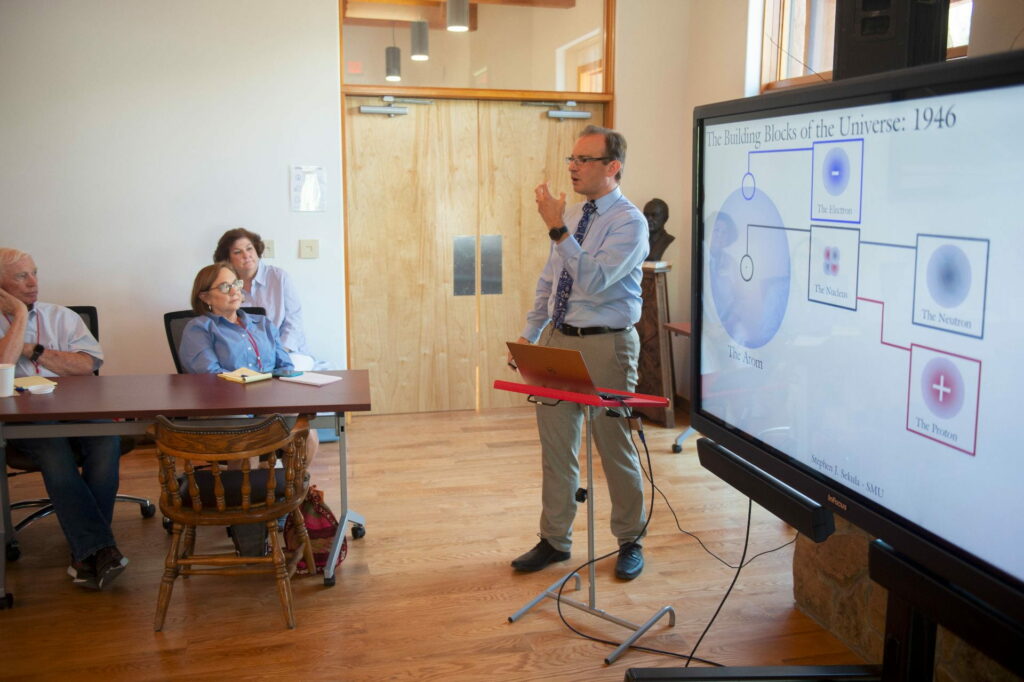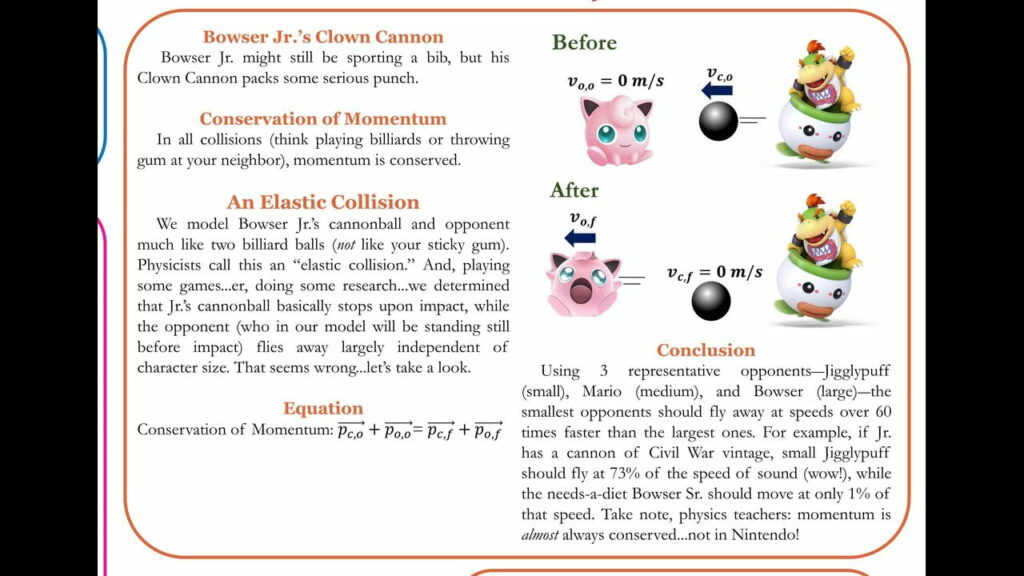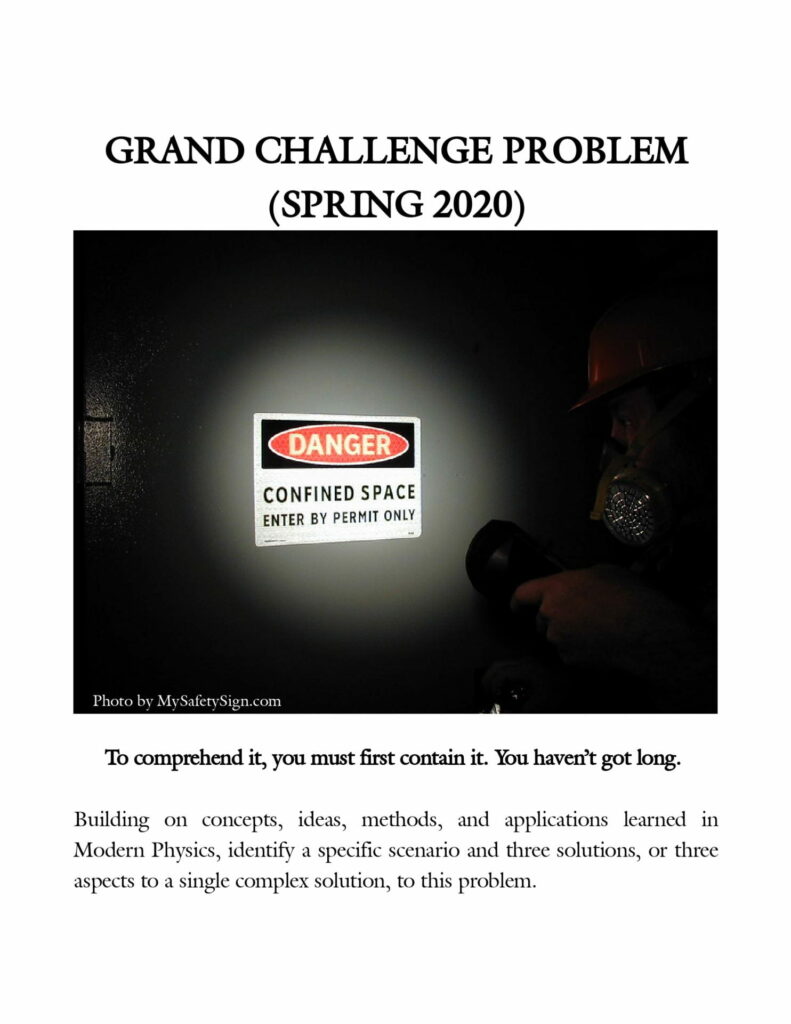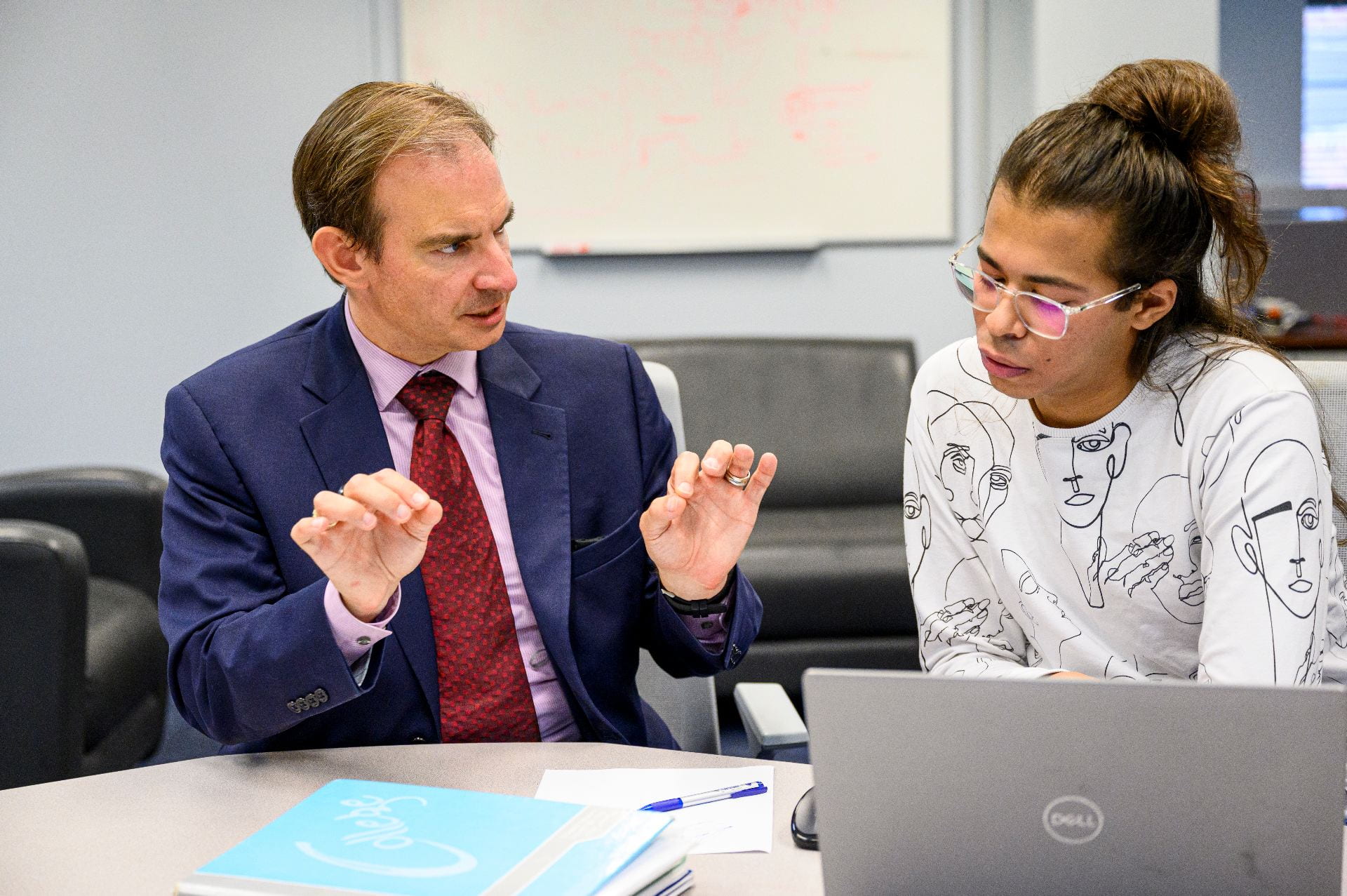I make no distinction between teaching and research. Teaching should provide opportunities for students to build a foundation for discovery while drawing on the latest ideas to inspire them to pursue their own. Research should serve the development of fundamental knowledge while training students to one day lead the field.

Teaching Physics
I enjoy teaching in the classroom, and am constantly interested in expanding my experience for the benefit of students and my department. I am honored to have been selected as a recipient of the 2017 SMU Altshuler Distinguished Teaching Award, to have been nominated in multiple years for the SMU Honoring our Professors’ Excellence (HOPE) award, and selected as the 2016 HOPE Professor of the Year.
Teaching Experience
Honors Introductory Physics
Introduction to Mechanics
Introduction to Electricity and Magnetism
Elements of Astronomy
Introduction to Modern Physics
Introduction to the Scientific Method
Teaching Introductory Physics: A Practicum
Teaching Methods

 I refine my teaching methodology periodically, learning from physics education research as well as talented colleagues. My current approaches appear in two (free!) teaching manuals.
I refine my teaching methodology periodically, learning from physics education research as well as talented colleagues. My current approaches appear in two (free!) teaching manuals.
- SMU-HEP-19-07 SMU Introductory Physics: A Teaching Manual , Stephen Sekula.
- SMU-HEP-19-10 SMU Honors Physics: A Teaching Manual , Jodi Cooley, Eric Godat, and Steve Sekula
I was a traditional “sage-on-the-stage” teacher from 2009-2014, but during that time imbibed a number of lessons from education research. I converted my teaching style in the period from 2014-2016, where I employed flipped classroom methodologies as well as some peer instruction and “just-in-time” teaching approaches in my classroom. Lectures became videos so students could self-pace their absorption of fresh material. Class time became a workshop, including peer instruction opportunities, to begin exercising new material. Quizzes on reading and lecture video material tell me how to emphasize certain difficult topics from the pre-assigned material. This is all reflected in the guides above.
I was also the first to introduce the concept of a “grand challenge” problem as a goal for students during a course. Beginning with PHYS 1308 and then porting the idea into the heart of PHYS 1010 and now PHYS 3305, students are given a non-textbook, open-ended physics problems and spend 14 weeks trying to work up solutions to the question. These have spanned topics, including the physics effects of braving the aftermath of a storm; sending a mobile device-sized probe to the Trappist-1 star system; and trying to see inside something without physical contact with the target.
I am not a good or a great teacher. I am an evolving teacher. I struggle still to balance the demands of the material with the needs of the students. Always, though, there is my core belief that people need to be more immersed in the ideas of physics and learn to develop skills in those ideas.
Course Outcomes

Watch Honors Introductory Physics students present the digital posters of their Spring 2020 Grand Challenge Problem Projects
Watch Modern Physics students present the outcomes of their Spring 2020 Grand Challenge Problem Projects (SMU authentication required)

